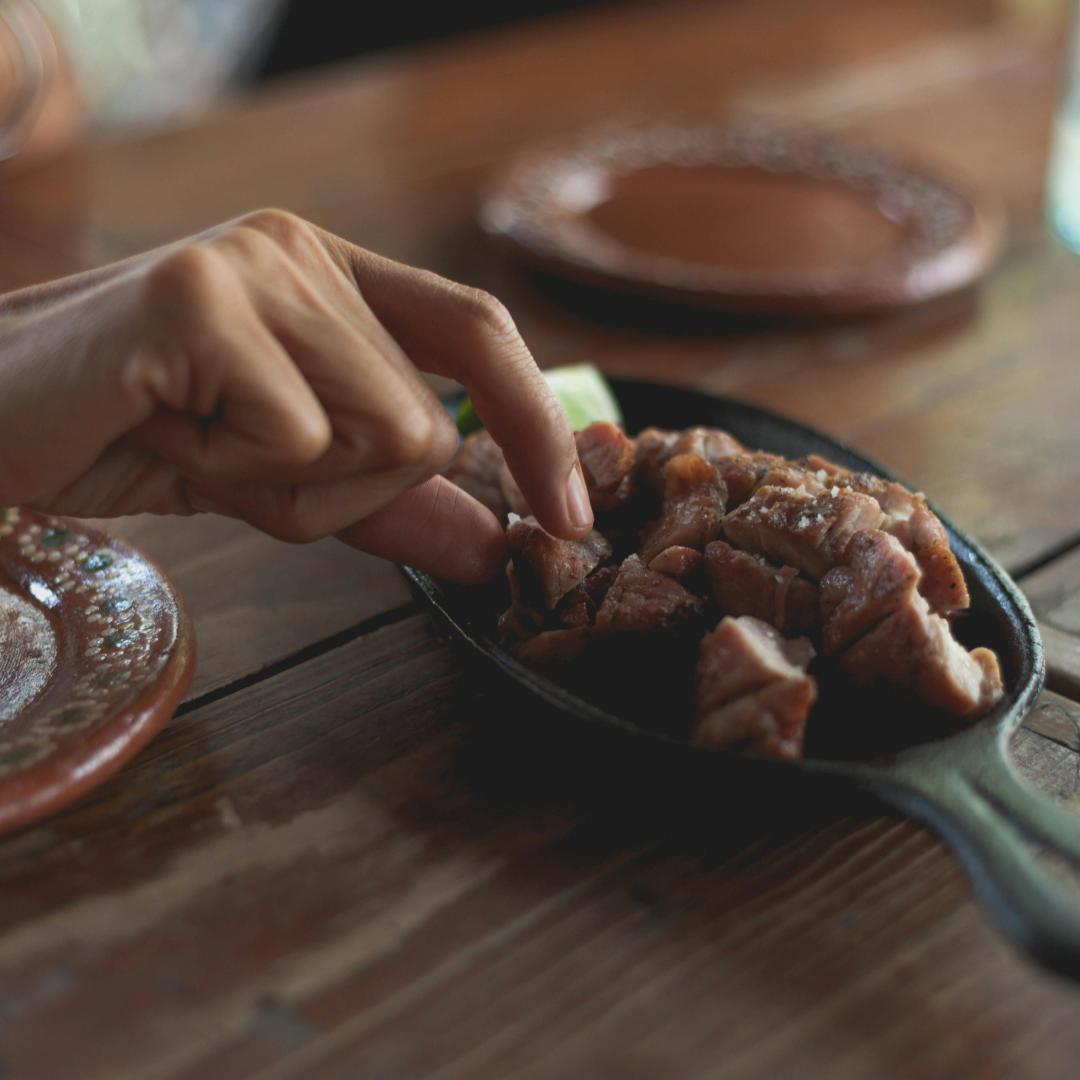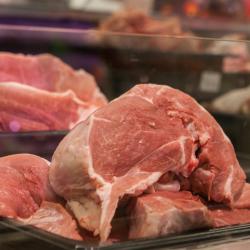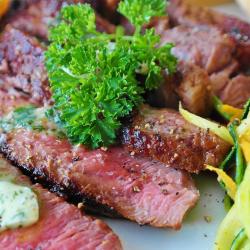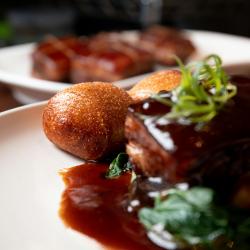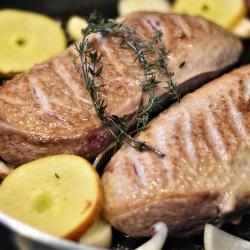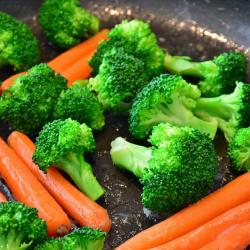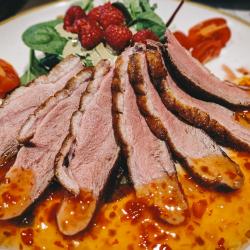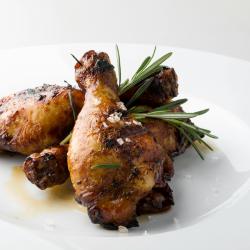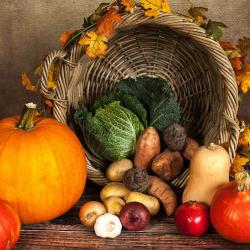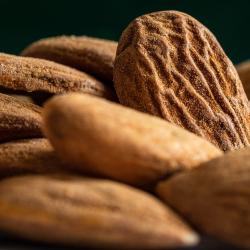How to Brine Meat and Poultry for Juicier Results
As culinary enthusiasts know, brining is a game-changer when it comes to preparing succulent meat and poultry. Whether you're tackling a Thanksgiving turkey, a Sunday roast chicken, or a pork chop dinner, learning how to brine can elevate your dish from ordinary to extraordinary. This age-old technique helps in enhancing flavor, moisture, and tenderness. Here's a comprehensive guide on how to brine meat and poultry for juicier results, alongside some useful tips to perfect your brining skills.
What is Brining?
Brining is a process that involves soaking meat in a solution of water and salt, often accompanied by sugar, herbs, and spices. The technique leverages the principles of osmosis to allow the meat to absorb water and other solubles, which enhances both flavor and moisture content. This process not only seasons the meat but also alters its protein structure, enabling it to retain more moisture during cooking.
Types of Brining
- Wet Brining: Involves immersing the meat in a liquid solution.
- Dry Brining: Involves rubbing the meat with salt and allowing it to rest.
While both methods are effective, wet brining is most commonly used for poultry and larger cuts of meat, whereas dry brining is popular for roasts and steaks.
Wet Brining 101
Ingredients & Tools:
- Water: The base of your brine. Use cold water to prevent bacterial growth.
- Salt: Kosher or table salt. The saltiness of the brine determines the flavor profile.
- Sugar (Optional): Balances saltiness and adds subtle sweetness.
- Aromatics and Spices (Optional): Garlic, peppercorns, bay leaves, herbs, etc., for extra flavor.
- Container: A large, non-reactive container or zip-top bag.
- Refrigeration: A must to keep the meat safe during brining.
Basic Brine Recipe:
- 4 quarts water
- 1 cup kosher salt
- 1/2 cup sugar
Instructions:
-
Prepare the Brine: Dissolve salt and sugar in a pot of warm water. Allow it to cool completely. You can add ice to speed up the cooling process.
-
Add Flavorings: Incorporate additional aromatics and spices as desired.
-
Submerge the Meat: Place the meat into the brine ensuring it is fully submerged. Use a weight if necessary.
-
Refrigerate: Cover the container and refrigerate. Brining times vary based on the size and type of meat:
- Chicken: 4 to 12 hours
- Turkey: 12 to 24 hours
- Pork chops: 4 to 8 hours
-
Rinse and Dry: After brining, rinse the meat thoroughly under cold water to remove excess salt. Pat dry with a paper towel before cooking.
Dry Brining 101
Instructions:
-
Salt the Meat: Sprinkle salt evenly across the surface of the meat.
-
Refrigerate: Place the meat uncovered in the fridge. Allow it to rest:
- Chicken pieces: 1 to 3 hours
- Whole chickens: 8 to 24 hours
- Large roasts: 24 to 48 hours
-
Cook: There's no need to rinse the salt off. Simply cook as desired.
Tips for Successful Brining
- Measure Ingredients Precisely: Always use the correct ratio of salt to water for balanced seasoning.
- Keep it Cold: Make sure the brine and meat are kept cold throughout the process to prevent bacterial growth.
- Don’t Over-brine: Over-brining can result in overly salty meat. Stick to the recommended times.
- Experiment with Flavors: Customizing your brine with different herbs and spices can add unique flavors to your dish.
Conclusion
Brining is a tried and true method that can significantly enhance the juiciness and flavor of meat and poultry. By mastering the fundamentals of wet and dry brining, and experimenting with various seasonings, you can turn any meal into a tender and tasty masterpiece that delights the palate. Happy brining!
